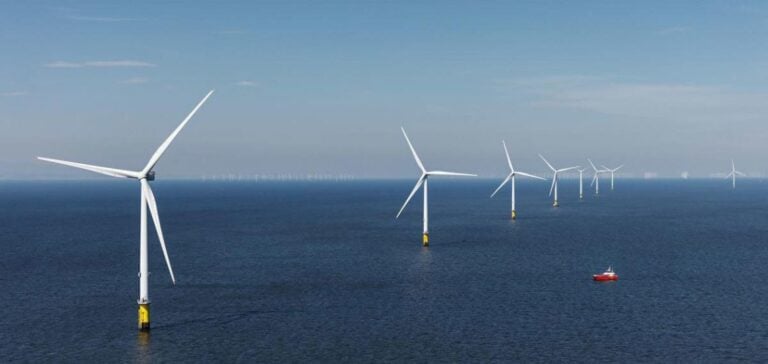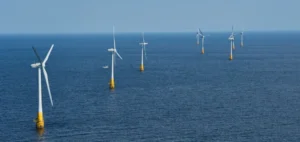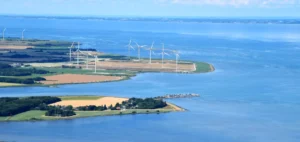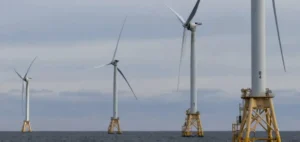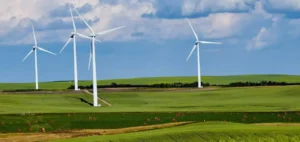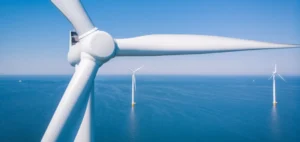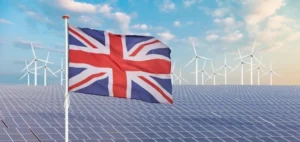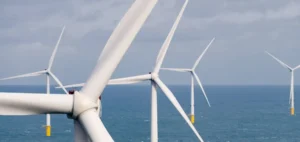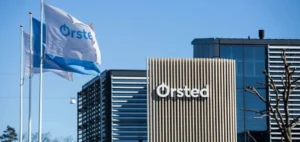BASF and Vattenfall deepen their partnership in renewable energy through the acquisition by BASF of a 49% stake in Vattenfall’s Nordlicht 1 and 2 wind farms. The project, which is free of government subsidies, will be Vattenfall’s largest offshore wind farm project to date.
Energy implications for Vattenfall and BASF
Vattenfall, responsible for the development and construction of the Nordlicht sites, plans to use its share of future electricity production to supply fossil-free electricity to its customers in Germany. For its part, BASF will use its 49% share of the electricity generated to power its chemical production sites in Europe, notably in Ludwigshafen.
Strategic impact and environmental objectives
Martin Brudermüller, Chairman of BASF’s Management Board, emphasizes that this investment in Nordlicht 1 and 2 will provide the renewable energy needed for the next stages of BASF’s transformation in Europe, in particular to meet the target of reducing greenhouse gas emissions from scopes 1 and 2 by 25% by 2030 compared with 2018. Anna Borg, CEO of Vattenfall, adds that offshore wind power is a key contributor to Europe’s energy transition and plays a crucial role in transforming European industries while boosting competitiveness.
The Nordlicht wind farm, located 85 kilometers north of the North Sea island of Borkum, comprises two separate sites: Nordlicht 1 with a capacity of around 980 megawatts, and Nordlicht 2 with around 630 megawatts. Once fully operational, the wind farms are expected to generate around 6 terawatt-hours (TWh) per year, equivalent to the electricity consumption of 1.6 million German households. The final investment decision is scheduled for 2025, with construction scheduled to start in 2026 and full commissioning in 2028.


